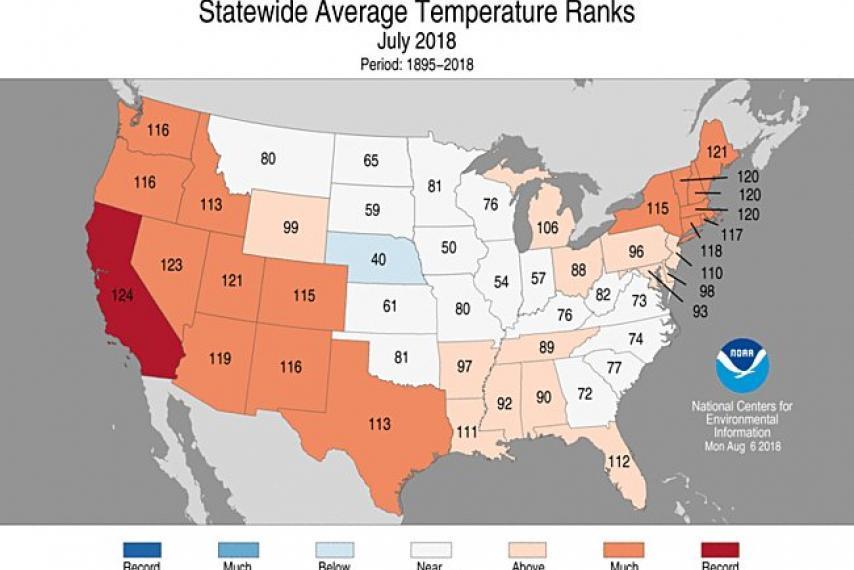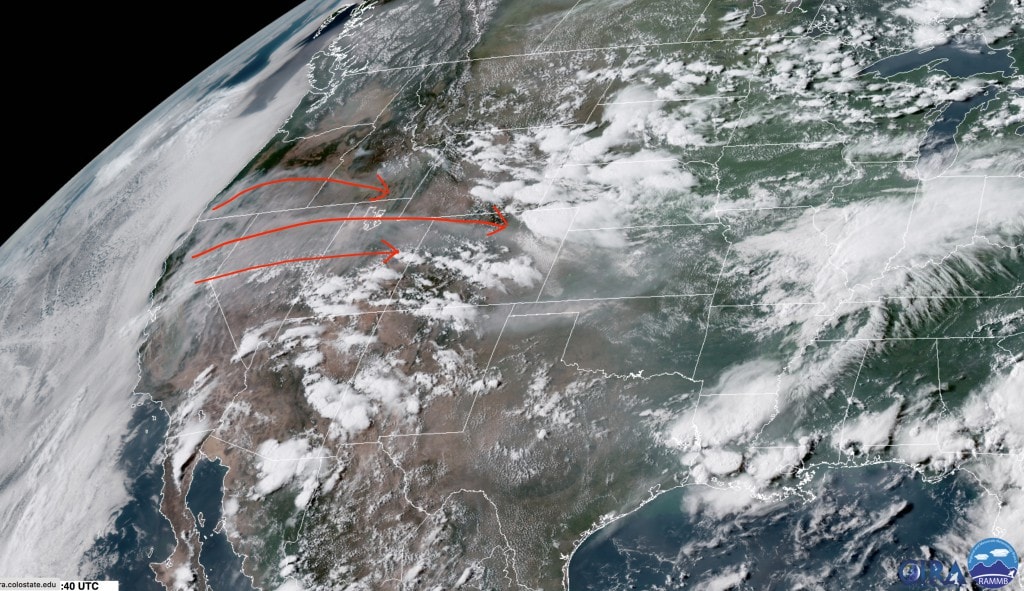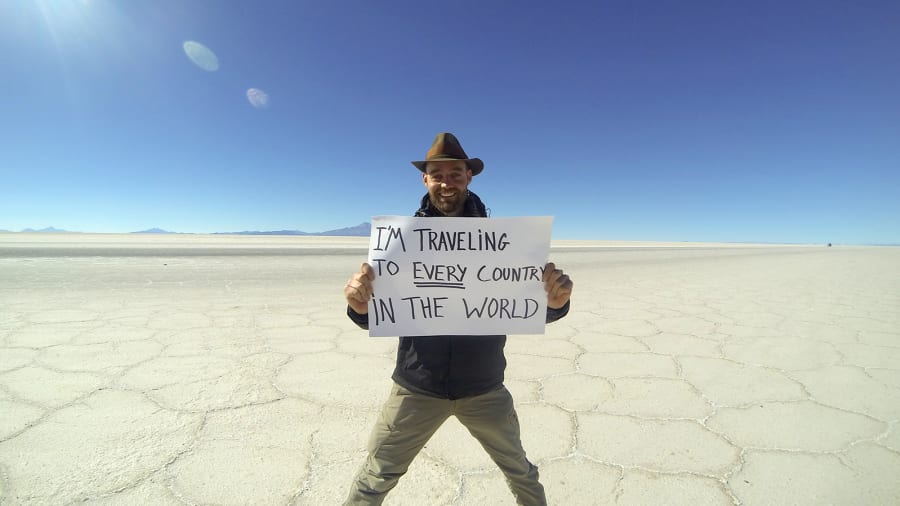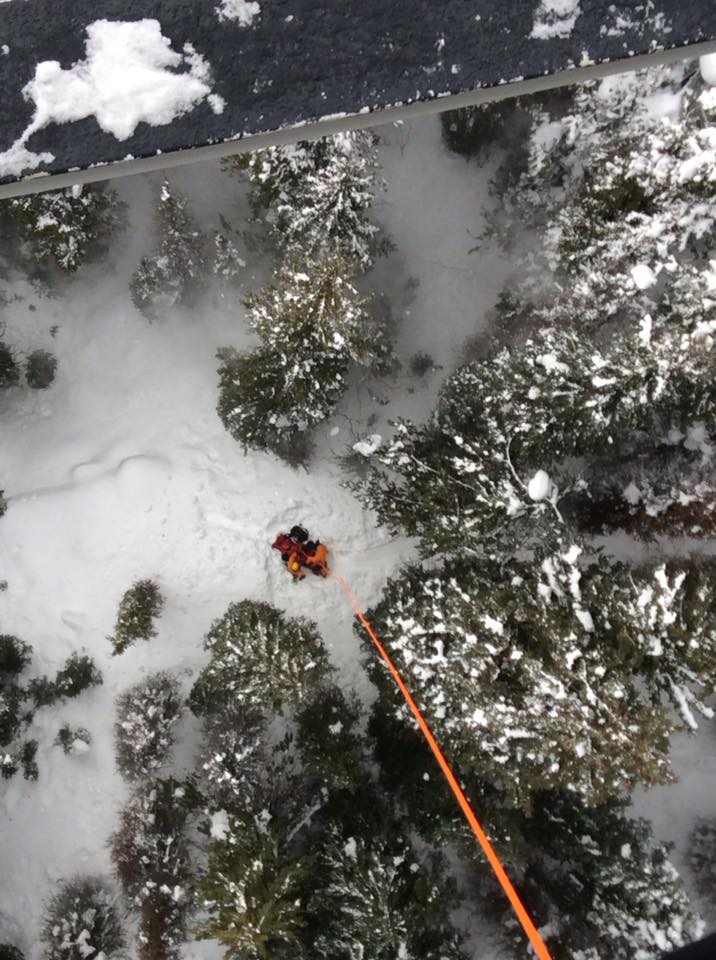
The past month has been a climatological nightmare for California, with record hot temperatures and the biggest wildfires ever, and indications are that it won’t be letting up anytime soon, writes Newsweek.
California posted its hottest month on record in July, with a statewide average of 79.7 degrees and an average of 108.1 in the Death Valley—the highest all-time temperature record for any weather station in the world, according to the National Oceanic and Atmospheric Administration. It is still facing high temperatures, with heat warnings issued throughout the state by the National Weather Service.

The hot temperatures are contributing to the wildfires, making conditions drier and more conducive to burning. Thus, it’s no coincidence that California’s record-hot July had the biggest wildfires the state has ever seen. The increasing heat drives off clouds that typically keep temperatures down in California, helping ward off wildfire spreading.
“Cloud cover is plummeting in southern coastal California,” said Park Williams, a bioclimatologist at Columbia University’s Lamont-Doherty Earth Observatory and lead author of a study on the subject. “And as clouds decrease, that increases the chance of bigger and more intense fires.”
These California cities were among those experiencing their hottest average temperatures: Palm Springs: 97.4 (previously 97.2 in July 2006); Fresno: 88.2 (previously 87.8 in July 2006); Bishop, 81.8 (previously 80.8 in July 2017); and Blue Canyon: 74.2 (previously 73.7 in August 2012).

Wildfire smoke from California now reaches halfway across the United States, according to the Environmental Protection Agency, and much of Canada. Levels in many areas are considered dangerous, with high levels of fine particulate pollution. States showing significant impact from the wildfires include California, Oregon and Nevada.
The California forecast calls for more hot, dry weather in the weeks ahead, meaning that there won’t be any relief for some 14,000 firefighters battling the wildfires.
“Other than a fluctuating sea breeze along the California coast that may play with temperature and humidity levels a bit, people in the region should not expect any blasts of cool air or widespread drenching rainfall anytime soon in the southwestern corner of the nation,” said AccuWeather.
Any lasting change could be months away. The National Weather Service said breezy conditions could return to the area of the Mendocino Complex Fire on Thursday afternoon and last through the weekend.




